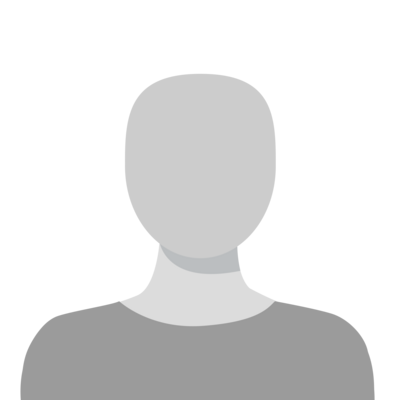
Biocuration for Digital Health
Advances in medical research revealed that a disease phenotype is the result of pathobiological processes that interact in complex networks.
Advances in medical research revealed that a disease phenotype is the result of pathobiological processes that interact in complex networks.
What We Do
Our aim is to generate high-quality databases that describe experimentally validated interactions between molecules and processes involved in the development of diseases. A large body of information that was generated in decades of experimental research is hidden in the scientific literature. In our group, experienced curators extract knowledge from scientific articles and collect information in structured and user-friendly databases. The second focus of the group is the generation of interaction networks in collaborations with experimentally working groups, in for particular for type 2 diabetes, neurologic and cardiovascular diseases.
Database Projects
Systems biology and network medicine approaches require trustworthy, high-quality databases for the analysis of their experimentally generated results. Our group offers a set of manually curated databases with user-friendly web interface, graphical analysis tools and datasets available for download.
Manual Curation of Disease Networks
In collaboration with experimentally working groups, we are performing deep curation of relevant literature. The results enable us to create multifactorial interaction networks connecting experimental data with biological context and generating testable hypothesis. Below, results from three exemplary collaborations are shown.
Human Endogeneous Retroviruses
Human endogenous retroviruses (HERVs) belong to the long terminal repeat (LTR) family of retrotransposons and comprise 8% of the human genome. Many recent studies provided compelling evidence that HERVs critically influence biological processes, including placenta development or pluripotency of stem cells. In a collaboration with the group of Michelle Vincendeau from the institute of virology we could show that the activation of HERV-K(HML-2) disrupts cortical patterning and neuronal differentiation by increasing NTRK3.
Publications
Read more2023 Scientific Article in Cardiovascular Diabetology
Identification of candidate metabolite biomarkers for metabolic syndrome and its five components in population-based human cohorts.
2022 Nature Cardiovascular Research
Publisher Correction: Extensive identification of genes involved in congenital and structural heart disorders and cardiomyopathy (Nature Cardiovascular Research, (2022), 1, 2, (157-173), 10.1038/s44161-022-00018-8).
2022 Scientific Article in Nucleic Acids Research
CORUM: The comprehensive resource of mammalian protein complexes-2022.
2022 Scientific Article in Viruses
Influenza A virus infection reactivates human endogenous retroviruses associated with modulation of antiviral immunity.
2022 Scientific Article in Nature Cardiovascular Research
Extensive identification of genes involved in congenital and structural heart disorders and cardiomyopathy.
2021 Molecular Systems Biology












